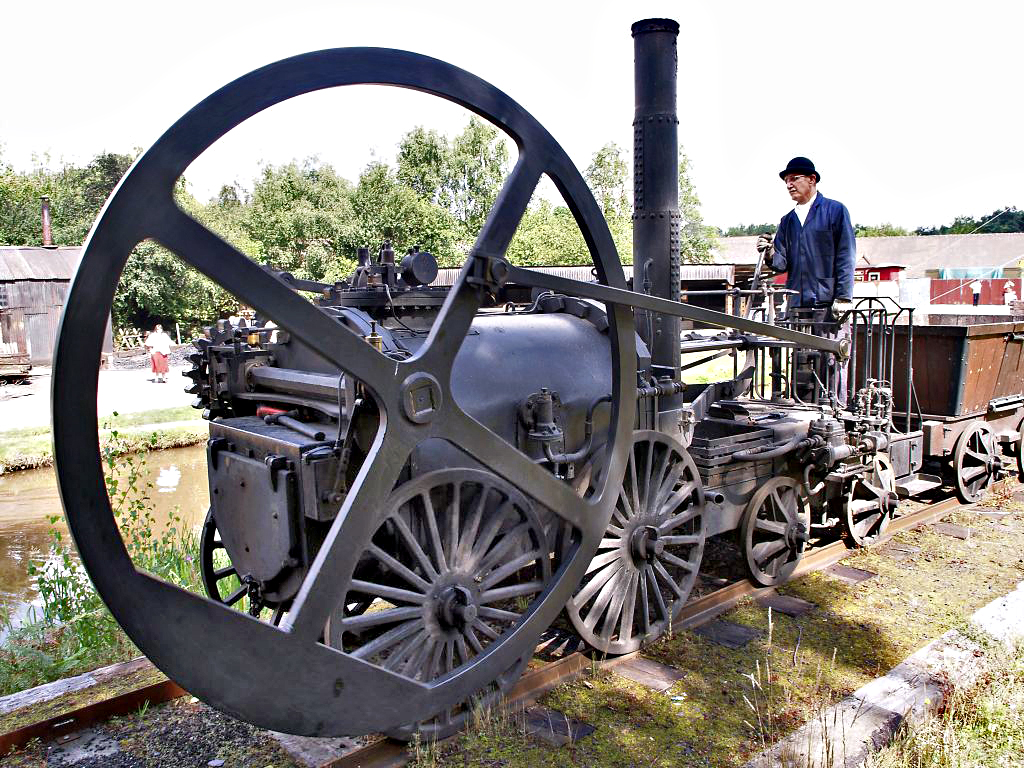itsConnorStade
Jr. Member
- Aug 14, 2024
- 35
- 42
Follow along with the video below to see how to install our site as a web app on your home screen.
Note: This feature may not be available in some browsers.
Definitely a flywheel, IMO, and a gyroscope employs a flywheel. But if it were part of a gyroscope, the spindle would be equal on both sides.
What's the material?
That--combined with the mass of the wheel concentrated on the perimeter--pretty much confirms the flywheel hypothesis.I’m not certain😅 the round part itself is not magnetic but the spindle it.
It has some definite weight to it at 4.23oz.
If I were to guess I think maybe lead

Flywheels are made from many different materials; the application determines the choice of material. Small flywheels made of lead are found in children's toys. Cast iron flywheels are used in old steam engines. Flywheels used in car engines are made of cast or nodular iron, steel or aluminum. Flywheels made from high-strength steel or composites have been proposed for use in vehicle energy storage and braking systems.
